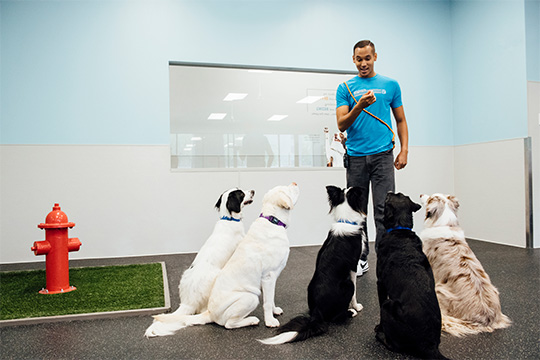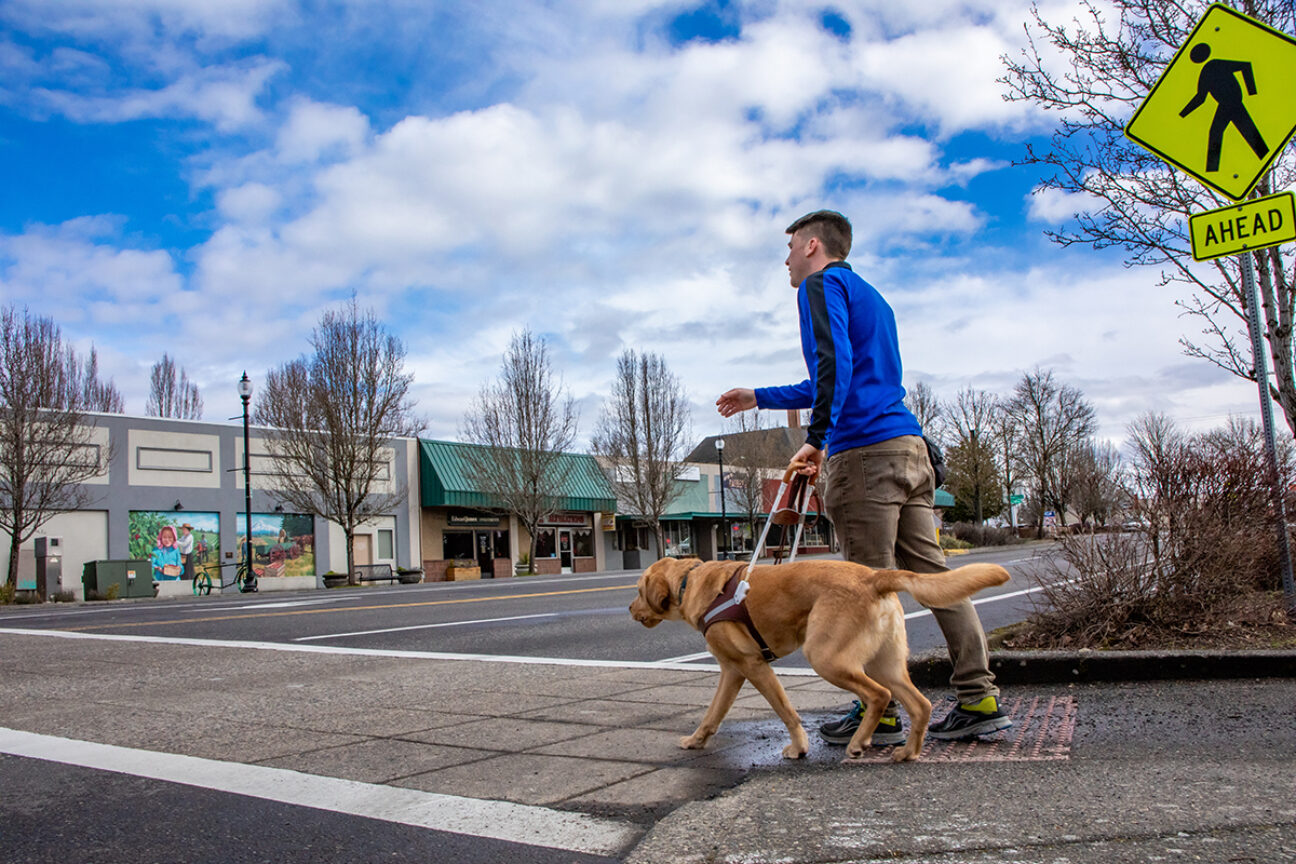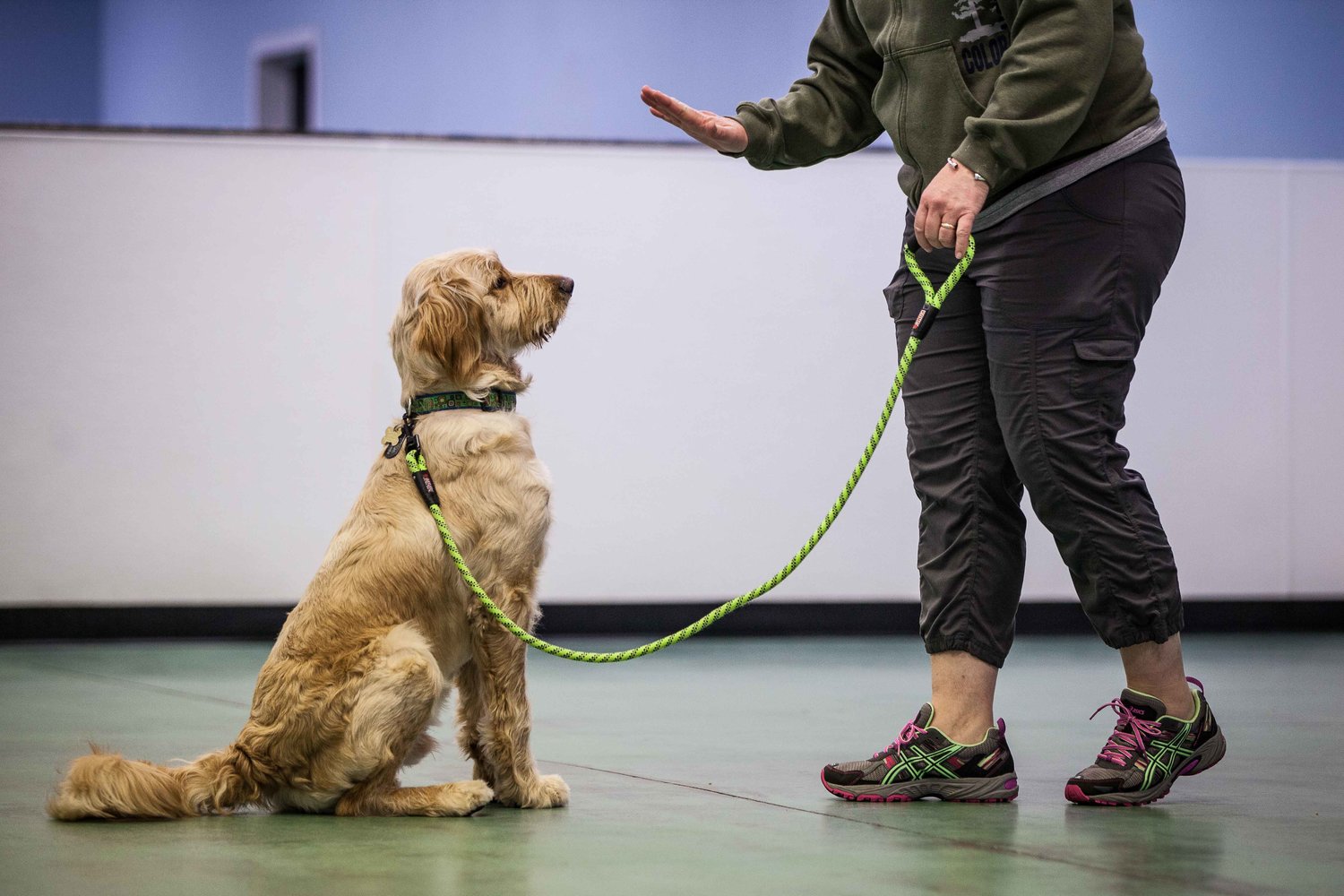Top Canine Educating Techniques Every Proprietor Need To Know

Positive Support Methods
Utilizing positive support methods is vital for efficient canine training, as it promotes a trusting bond in between the instructor and the pet dog. This technique focuses on fulfilling desirable habits rather than penalizing undesirable ones, developing an environment helpful to discovering. Rewards can include treats, appreciation, or play, which inspire pets to repeat the behaviors that gain them these incentives.

Additionally, this approach improves the pet's enthusiasm for training sessions. When pets associate training with positive experiences, they are a lot more involved and receptive. Beyond instant therapy, positive support urges a collaborative relationship between the canine and fitness instructor, reducing anxiety and concern
To make best use of efficiency, it is crucial to deliver rewards quickly, making sure the canine links the habits with the reinforcement. Fundamentally, positive reinforcement techniques not only yield better-trained dogs but also advertise an unified collaboration in between pet dog and owner.
Clicker Training Approach
The clicker training approach is a highly effective technique that builds on the principles of favorable reinforcement by adding a distinct sound to mark wanted habits. This approach utilizes a little handheld device that creates a clicking audio, enabling fitness instructors to communicate with their canines in a clear and immediate manner. When a dog performs an actions that the proprietor wants to motivate, the clicker is activated, adhered to by a reward, generally in the type of treats or praise.
The trick to effective clicker training depends on uniformity and timing. It is vital to click at the specific moment the wanted habits takes place, guaranteeing that the canine associates the audio with the action and the subsequent incentive. This technique not only boosts communication but additionally promotes a stronger bond in between the pet dog and the owner, as it urges interaction and interaction throughout training sessions.
Clicker training can be put on a variety of commands and behaviors, from standard obedience to much more intricate methods. Its convenience and performance make it a preferred method among professional trainers and animal owners alike, leading the way for a responsive and well-trained canine friend.
Leash Training Fundamentals
Reliable chain training is important for ensuring a enjoyable and secure walking experience for both dogs and their owners. A level collar might function for some dogs, while others may benefit from a harness that minimizes drawing.
Present your dog to the leash gradually, enabling them to explore it in a comfy atmosphere. Once they are accustomed, technique loose-leash walking. This entails rewarding your canine for walking next to you as opposed to pulling ahead. Use treats and praise to strengthen wanted behavior, and make sure to remain assertive and calm.
If your canine begins to pull, stop strolling quickly. Wait till they go back to your side prior to returning to. This educates them that pulling does not result in advance. In addition, technique various walking settings to help your pet dog adapt to interruptions.
Regular technique will solidify your pet's understanding of leash etiquette. Keep in mind that chain training is an ongoing procedure; persistence and consistency will certainly yield the very best outcomes, fostering a favorable experience for both you and your canine companion.
Socializing Methods
Socialization is an essential facet of canine training that should preferably begin throughout puppyhood but can be valuable at any type of age. Effective socializing assists dogs create confidence and reduces the probability of behavioral problems. To execute effective socialization strategies, expose your dog to a range of settings, people, and various other pets.
Start with controlled setups, such as puppy courses or arranged playgroups, where young canines can connect safely. Slowly present your dog to new experiences, consisting of different noises, surfaces, and tasks. Guarantee these experiences are satisfying and favorable to establish a complacency.
For adult pet dogs or those doing not have direct exposure, begin with low-stress situations. Short, positive communications with friendly people and tranquil pets can create positive associations. Utilize treats and appreciation to strengthen preferable actions during these experiences.

Consistency and Patience
Acknowledging the importance of uniformity and persistence in canine training is important for attaining long lasting results. Irregular training can lead to confusion, making it difficult for the pet to comprehend commands or actions, eventually impeding progression.
Moreover, perseverance is a vital part of reliable training. Canines, like humans, find out at Get the facts their very own speed. Some may understand ideas promptly, while others could take much longer. It is essential for owners to stay supportive and calm, reinforcing positive habits without turning to frustration or punishment. This fosters a trusting relationship between the canine and owner, motivating a much more ready and passionate student.
To cultivate uniformity and perseverance, develop a normal training routine, utilize the very same commands, and make sure that all member of the family apply the very same training concepts - Dog training. By doing so, you produce a steady atmosphere for learning, permitting your pet dog to prosper and establish into a mannerly friend
Conclusion
To conclude, efficient canine training methods, such as positive reinforcement, remote control training, and appropriate leash training, are crucial for cultivating a healthy owner-dog relationship. In addition, carrying out socializing methods and maintaining consistency and perseverance throughout the training process contributes dramatically to a pet dog's overall health. By integrating these methods, pet dog owners can assist in the development of well-adjusted, loyal animals, inevitably improving the quality of life for both the proprietor and the dog.
Among the most noticeable methods are positive support, remote control training, and leash training, each offering unique benefits that contribute to a mannerly pet. As we explore these essential approaches, it comes to be apparent that understanding their nuances can substantially influence the training experience and the pet dog's overall actions.Making use of favorable reinforcement methods is important for reliable pet dog training, as it cultivates a trusting bond between the canine and the fitness instructor.In verdict, efficient canine training methods, such as favorable reinforcement, clicker training, and appropriate browse around here chain training, are necessary for promoting a healthy and balanced owner-dog relationship. By integrating these approaches, pet owners can facilitate find more the growth of well-adjusted, obedient pets, eventually boosting the high quality of life for both the proprietor and the pet.